Today there are an amazing number of software tools which can connect remote working teams and improve collaboration. In this article, we share with you some of the best technology we use every day here at Her Lawyer.
There are many advantages to remote working, such as flexibility, increased productivity and work-life balance. However, there are some unique challenges to overcome too. Whether that’s keeping a team accountable or sharing instructions when you can’t just point at someone’s screen over their shoulder, there’s a growing marketplace of apps that can help you navigate those challenges.
Here are eight of our favourite tools to help teams working remotely:
Slack – Instant messenger, group chat, notifications
Slack almost entirely removes the need for internal email between team members. We use Slack for instant messaging, sharing documents, and for audio and video calls. It works on desktop, mobile and tablet, so you can send and receive messages in real-time from anywhere.
Slack allows us to set up workspaces called channels for specific projects. Instead of sifting through email chains, we have all the internal information and discussions relating to a project in one place.
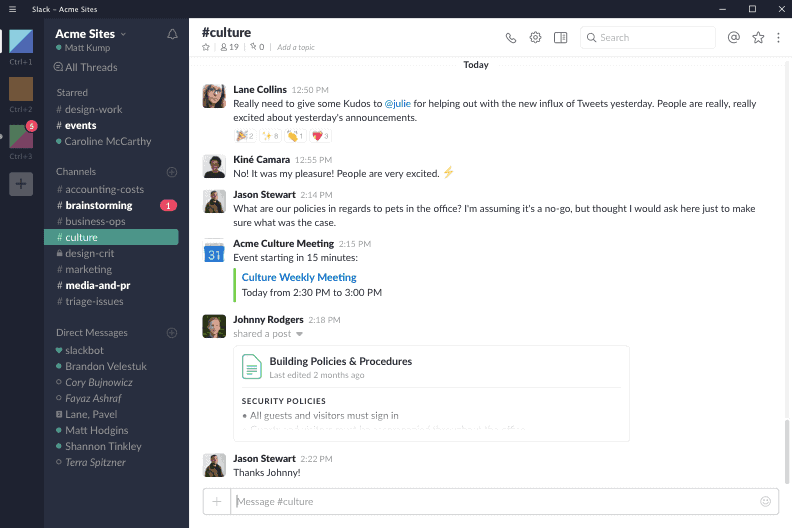
Trello – project management, accountability
Trello is a fantastic tool for tracking tasks, projects and ideas. We each have a To Do list board in Trello with separate lists for Work In Progress and Completed Work. These boards are visible to the entire team so it’s always blatantly obvious what each team member needs to do and what they are working on. Tasks can also be assigned from one member to another and due dates set.
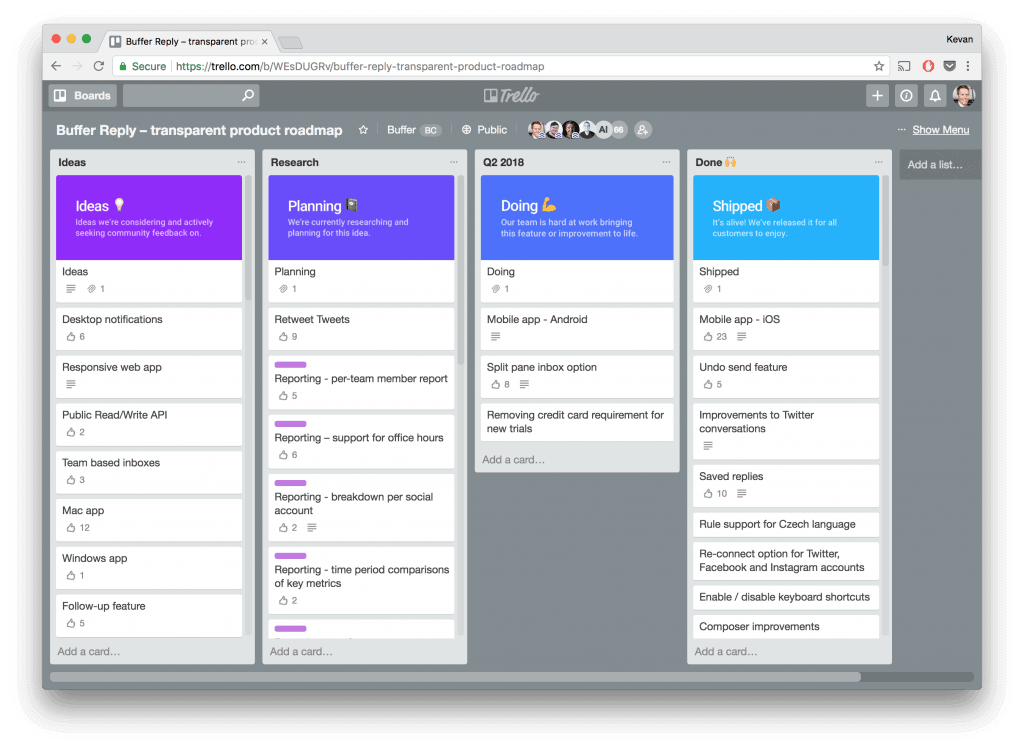
Slack power-up for Trello – transparency
This is literally the best thing since sliced bread for remote teams. Our Trello and our Slack are connected. We’ve set up configurable alerts to automatically notify our Slack workgroup channel whenever a card from one of our Trello lists is moved from In Progress to Completed. That way others are automatically alerted each time we complete a task on our To Do list.
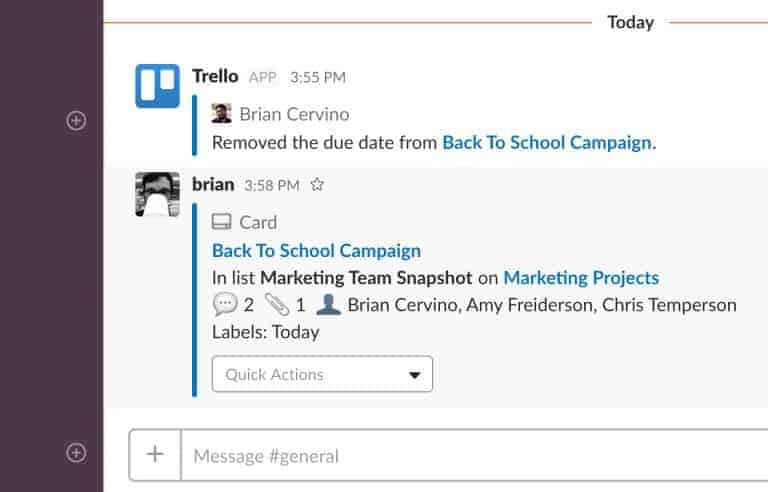
Dubsado – business management, CRM
Dubsado is a business management platform which we use for CRM and workflow automation. Dubsado is extremely user-friendly and we have found the automation to be a big time-saver. It’s great because it’s both an internal and external tool. Internally we create client proposals, questionnaires and workflows to apply to projects. Externally, clients access their Her Lawyer Client Portal (powered by Dubsado), which houses their important documents and looks slick.
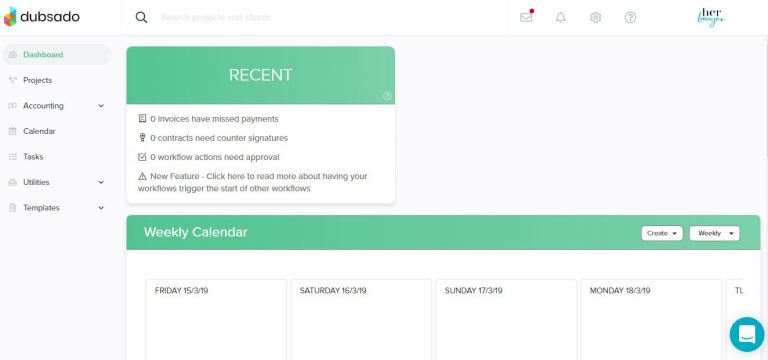
OneDrive – Cloud-based document storage
We use OneDrive to store all our documents in the Cloud. Accessible anywhere, updated automatically and securely backed up by Microsoft. Perfect!
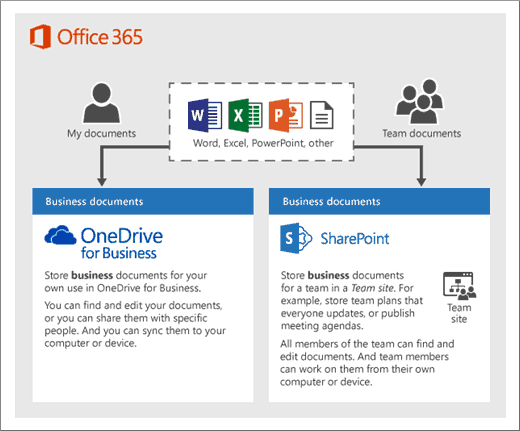
Outlook – email & calendar
We use Outlook for traditional email and calendar. This is mainly for client correspondence. We try to avoid internal emails between the team whenever possible.
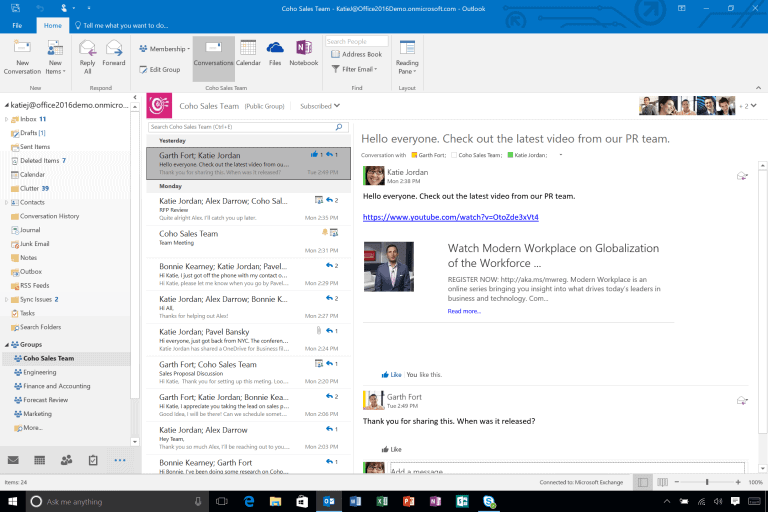
Loom – screen and video recording
This awesome tech allows us to create and share internal tutorials with each other using screen capture. Our clients also sometimes prefer to use Loom to instruct us in a matter, rather than the traditional meeting/phone/email instruction method.

Mobile phone – when all else fails
Technology is not infallible, and neither is the internet. If the line is not good on an internal Slack call, we’ll switch to mobile.
Conclusion
Technology is a massive enabler and is crucial to making remote working teams effective.
But do you know what’s more important? That the remote team is on the same page in terms of how the tech is to be used and then to actually use it in that way, diligently and consistently. When this is done:
- the business has full transparency into each remote worker’s output. They know what the person is working on, when they completed each task and what work is on the (Trello!) cards; and
- the remote-worker has full accountability as a result of this transparency which in turn leads to increased productivity.
With the right tech and systems in place, remote work can be hugely beneficial for both the remote-worker and the business. Trust us, we know.
Lastly, a quick note that the tech mentioned in this article isn’t reserved for remote teams. It can be used just as effectively with your in-house team!



